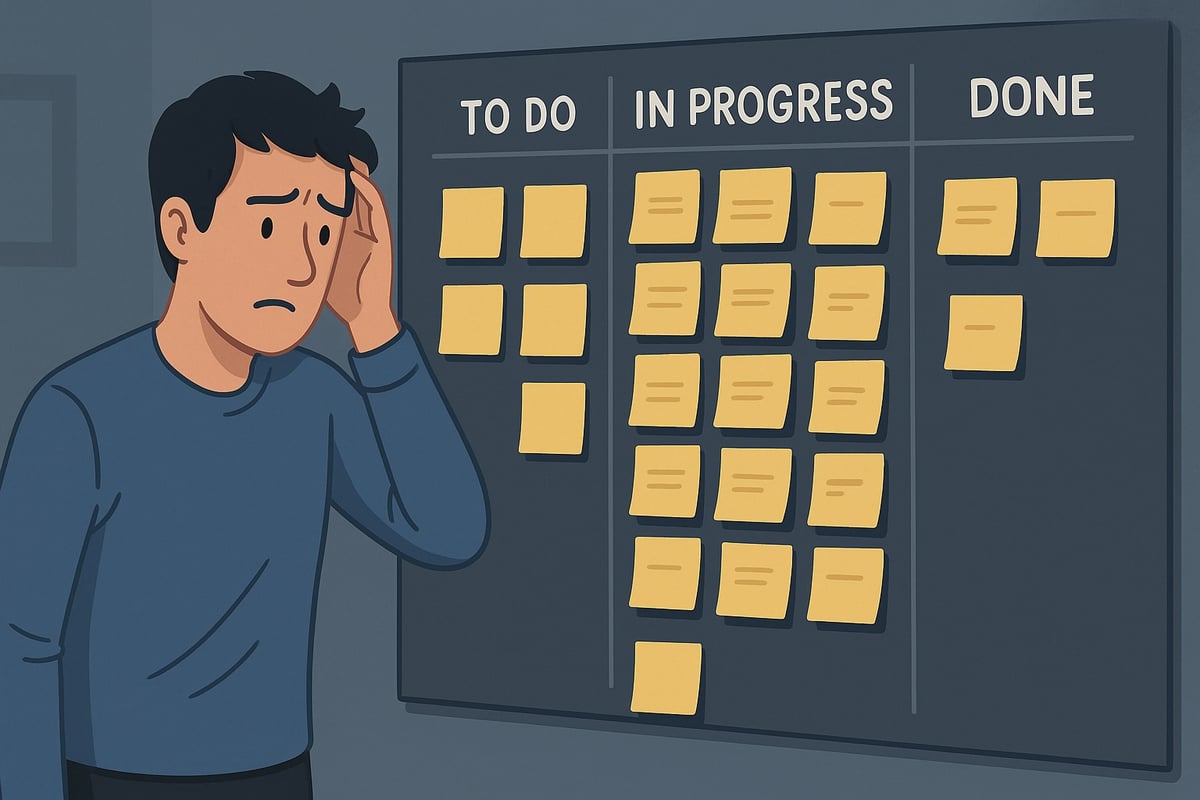As engineering leaders, we’re constantly asked to do more with less. Ship faster. Reduce bugs. Innovate. Retain talent. But how do we know if our teams are actually operating at peak effectiveness? Most CTOs and engineering managers rely on gut instinct or focus exclusively on output metrics like story points or features shipped. The problem? These approaches miss critical dimensions of team health and can lead to burnout, quality issues, and ultimately, slower delivery.
Why Most Engineering Assessments Fall Short
Traditional engineering assessment methods tend to fall into two traps: they either measure what’s easy to count (lines of code, tickets closed) or they rely on subjective feelings (“the team seems stressed”). Neither approach provides a complete picture.
When organizations lead with metrics alone, it can create a culture of fear and uncertainty. As noted by Jellyfish, “When leaders push teams to increase velocity. Engineers might work faster and push more code, but if focus is only on velocity, that increase in speed will almost always happen in concert with a decrease in quality.”
A proper engineering health check must balance multiple dimensions:
- Technical Excellence: Code quality, architecture, and technical debt
- Delivery Efficiency: Speed, stability, and predictability
- Team Health: Satisfaction, collaboration, and sustainable pace
- Business Impact: Connection between engineering work and business outcomes
A Framework for Comprehensive Assessment
Using research-backed frameworks like DORA (DevOps Research and Assessment), SPACE, and others, I’ve developed a practical health check you can apply to your own engineering organization. Let’s break down each component:
Part 1: Technical Excellence Assessment
Evaluating your codebase’s health is critical for long-term velocity. High-performing teams know that technical excellence isn’t just about aesthetics, it’s about enabling speed.
Key metrics to assess:
| Metric | Questions to Ask | Elite Performance |
|---|---|---|
| Code Quality | Do you maintain code coverage above 80% for critical components? | Yes, with quality tests that catch real issues |
| Complexity | Is cyclomatic complexity under 10 per function? | Yes, with automated quality gates |
| Technical Debt | Is your tech debt ratio under 5%? | Yes, with dedicated time for debt reduction |
| Architecture | Are your component boundaries clear and consistently respected? | Yes, with documented patterns |
Teams that prioritize code quality consistently experience fewer production defects and spend significantly less time implementing new features. This makes technical excellence a business imperative, not just an engineering preference.
Part 2: Delivery Efficiency Assessment
The speed and reliability of your delivery pipeline directly impacts your ability to respond to market changes and customer needs.
DORA metrics provide a research-validated framework:
| Metric | Questions to Ask | Elite Performance |
|---|---|---|
| Deployment Frequency | How often do you deploy to production? | Multiple times per day |
| Lead Time for Changes | How long from commit to production? | Less than one day |
| Change Failure Rate | What percentage of changes cause incidents? | Less than 5% |
| Mean Time to Recovery | How long to recover from failures? | Less than one hour |
These metrics, validated by Google’s research, have been proven to correlate strongly with business performance. Research shows that top-performing engineering teams significantly outpace their peers in deployment frequency while maintaining higher quality standards.
High-performing teams achieve this through:
- Streamlined CI/CD pipelines with build times under 10 minutes
- Feature flags for controlled releases and quick rollbacks
- Canary deployments that catch issues before full release
Part 3: Team Health Assessment
Technical and delivery metrics matter, but they’re built on the foundation of a healthy team. Team health metrics are leading indicators that can predict future performance issues.
Key health indicators to monitor:
| Metric | Questions to Ask | Elite Performance |
|---|---|---|
| Happiness Score | Do team members rate satisfaction 8+ on a 10-point scale? | Yes, consistently across quarters |
| Work-Life Balance | Is overtime rare (<10% of weeks)? Is PTO utilization high (>75%)? | Yes, with leadership modeling balance |
| Psychological Safety | Do team members feel safe to take risks and voice concerns? | Yes, measured through regular feedback |
| Growth Opportunities | Do engineers have clear career paths and development plans? | Yes, with regular progress discussions |
Google’s Project Aristotle research found that psychological safety was the single most important factor in high-performing teams—more important than individual talent or experience. According to McKinsey, psychological safety consistently leads to better business outcomes, including higher productivity, innovation, and engagement.
When it comes down to it, team happiness may be the most fundamental health metric. If your engineers are genuinely happy at work, it often indicates that other aspects of team health are functioning well. If you’re looking for indicators to prioritize, engineer happiness should be near the top of your list.
Implementing Your Engineering Health Check
To apply this framework in your organization:
1. Establish a regular cadence
Different metrics require different measurement frequencies:
- Weekly: Quick pulse surveys and delivery metrics
- Monthly: Code quality and team health assessments
- Quarterly: Comprehensive health checks with improvement planning
According to Atlassian’s Team Health Monitor, “We recommend running a Team Health Monitor on a quarterly cadence to help move along your journey to becoming a dream team.”
2. Automate what you can
Deploy tools that help collect metrics automatically:
- Code quality tools like Code Climate or Codacy
- DORA metrics dashboards integrated with your CI/CD pipeline
- Team health survey platforms for anonymous feedback
3. Balance metrics with conversation
Quantitative metrics tell only part of the story. Complement them with:
- One-on-one discussions with team members
- Team retrospectives focused on health metrics
- Cross-team feedback collection
Listen with an intent to understand, not correct. It’s important to emphasize that honest feedback is the key to improvement.
4. Create a balanced improvement roadmap
Use your findings to create a balanced improvement plan addressing:
- Technical: Code quality improvements, technical debt reduction
- Process: CI/CD optimization, workflow streamlining
- Team: Psychological safety initiatives, growth opportunities
Taking the First Step
Begin your health check by honestly assessing where you stand on the metrics outlined above. Don’t worry about scoring poorly, the goal is to identify improvement areas, not to feel judged. Remember that even elite engineering organizations started somewhere and improved through intentional effort.
If your self-assessment reveals gaps (and it almost certainly will), prioritize addressing one dimension from each category: technical excellence, delivery efficiency, and team health. This balanced approach ensures you’re not just fixing symptoms but building a truly resilient engineering organization.
High-performing engineering teams aren’t accidents — they’re the result of intentional assessment, targeted improvements, and a culture of continuous growth. The investment you make in understanding and enhancing your team’s health will pay dividends in faster delivery, higher quality, and happier engineers.
What aspect of your engineering team’s health could use the most attention? I’d love to hear your thoughts and challenges or check out my post on metrics that matter for more insights on measuring what truly drives success.








